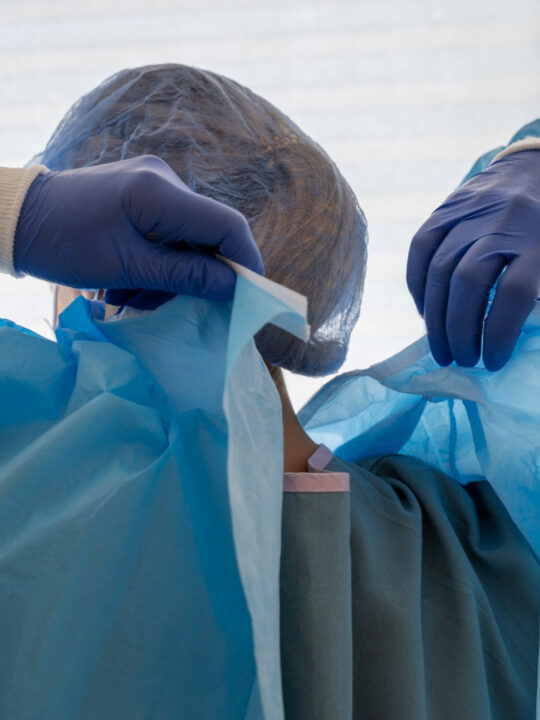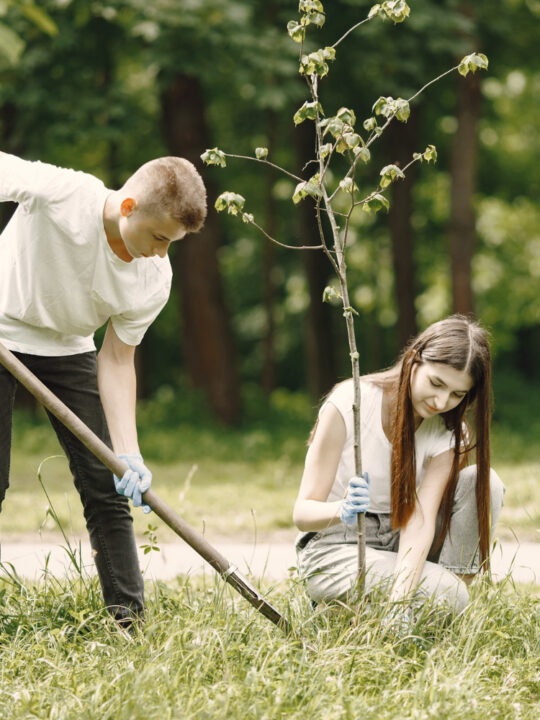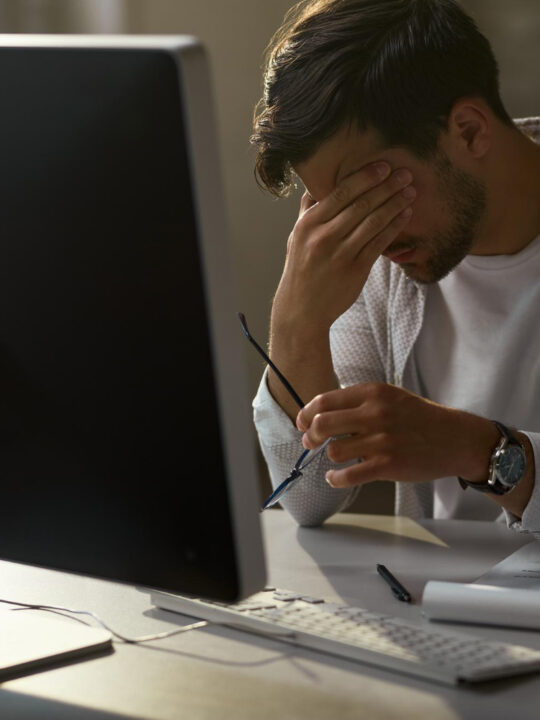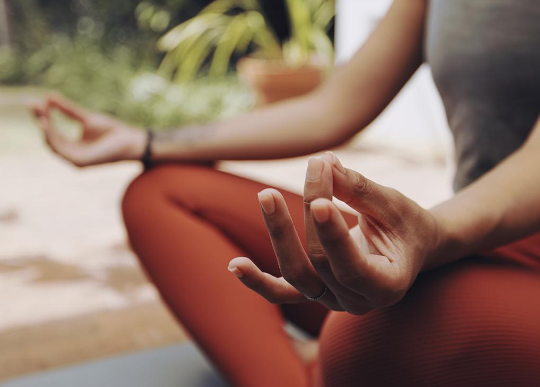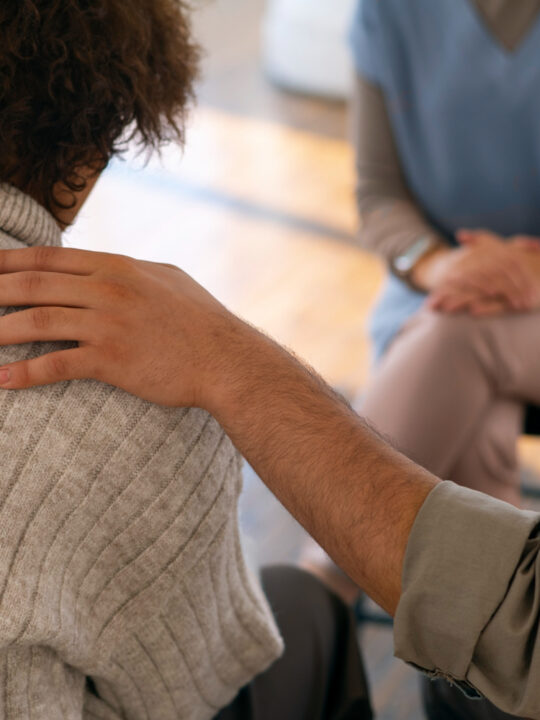
When I moved to San Luis Opispo from Santa Maria last year I was very excited to find out that my next door neighbor is none other thanJim Byrne KCOY Weatherman, ex-KCOY weatherman I should say. I left it a couple of conversations before I mentioned his time with KCOY and I was fascinated to hear his stories from those times. Jim Byrne is actually a very well regarded meteorologist who knows just about all that their is about the weather and what causes it to change. I really enjoy Jim’s company and just last week we got into the topic of natural disasters, and which ones are within your power to avoid, let’s take a look.
Hurricanes and Tornadoes
For meteorologists like Jim they know that a hurricane is the easiest natural disaster to see coming and this is why places like Florida very rarely see loss of life when a big hurricane hits. Hurricanes can be seen building from hundreds of miles away and the meteorologists are then able to track it as it gets closer to land. Because of this high level tracking we can actually predict when the hurricane will hit, as well as being able to categorize its severity. The intelligence of these men and women plus the high advanced technology which they use has allowed them to save many lives.
Earthquakes
Earthquakes are something which we have absolutely no idea of predicting, not even someone has smart as Jim Byrne. For many years we believed that storms were a precursor to earthquakes but that has been dispelled and there is simply no way of knowing when those tectonic plates will move. In cities such as Mexico City there are alarms which go off a couple of minutes before the ground moves but this is because the city is never the epicenter of a quake, and the alarm triggers when an earthquake hits hundreds of miles away. Because of the fact that we have no idea about predicting earthquakes, we also can’t predict tsunamis which arrive as the result of the plates crashing together out at sea.
Avalanche
Sadly an avalanche is something else which we still have a lot to learn about and whilst there are many sensors and triggers which we are able to place which can give us an indication of the avalanche, there really is no way to guarantee when we are going to see one.
Volcanoes
We have become very advanced with our volcano monitoring and for the volcanoes around the world which erupt the most, we have sensors which give us an early warning as to when they are about to blow. There are still many volcanoes which don’t have early warning sensors but slowly but surely we’ll get to a point whereby we will know well in advance before any volcano erupts and we can then warn the people nearby.
